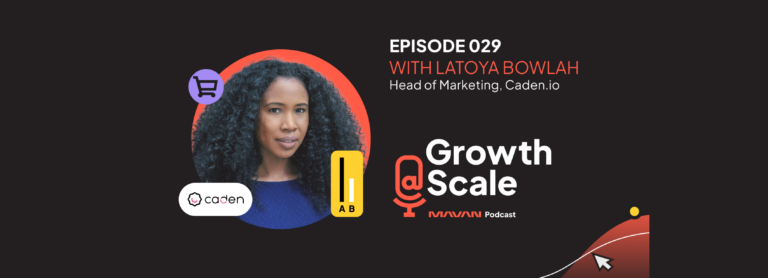Lifecycle is a conversation: Exploring Lifecycle Marketing with LaToya Bowlah on Growth@Scale
LaToya Bowlah delves into the complexities of lifecycle marketing, emphasizing its role in reducing acquisition costs and enhancing customer experience. Discover her strategic advice on achieving a balance between conversion goals and providing real customer value.

